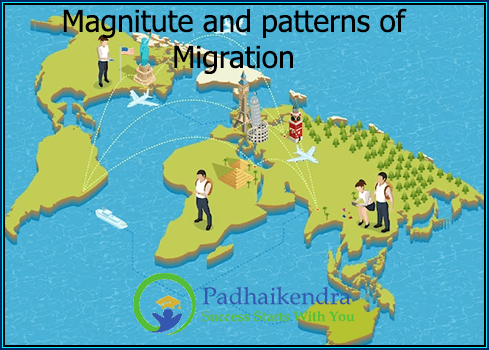Migration is a global phenomenon that affects millions of people around the world. The magnitude and patterns of migration vary depending on a range of factors, including economic, social, political, and environmental conditions.
The United Nations estimates that there were approximately 281 million international migrants in 2020, representing around 3.6% of the global population. The majority of these migrants move from developing to developed countries, with the largest number of international migrants originating from Asia, followed by Europe and Africa.
In addition to international migration, there is also significant internal migration within countries. The International Organization for Migration estimates that there were approximately 740 million internal migrants in 2020, representing around 9.5% of the global population. Internal migration is particularly prevalent in developing countries, where people move from rural to urban areas in search of better economic opportunities and a higher standard of living.
The patterns of migration vary depending on a range of factors, including the demographic characteristics of migrants, the reasons for migration, and the destinations of migrants. For example, some migrants are driven by economic factors, while others are forced to flee their homes due to conflict or persecution.
The patterns of migration also vary depending on the policy responses of governments and other stakeholders. Some countries have adopted more open policies towards migration, welcoming migrants and providing them with support to integrate into their new communities. Other countries have adopted more restrictive policies, seeking to limit the number of migrants entering the country and providing limited support to those who do.
Overall, the magnitude and patterns of migration reflect the complex interplay of economic, social, political, and environmental factors, and will continue to evolve in response to changing conditions and policy responses.





